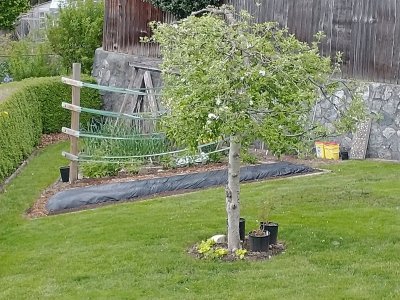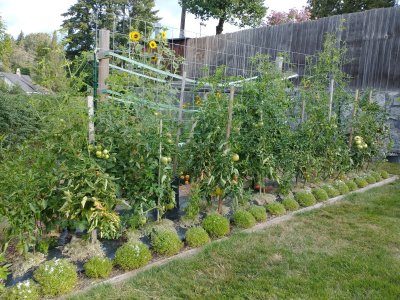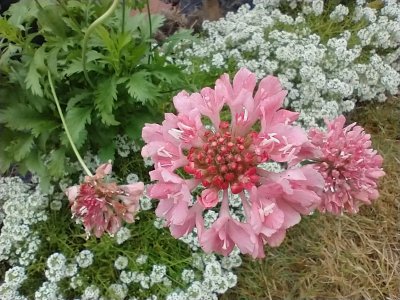Plenty of experience based opinions on this subject showing up here. That’s good; we learn from experience, our own or others; experience is experience.
Around here 95% of my “cultivated areas” are 3x12 raised beds 3ft deep and watered with drip. I’ll not go all in detailing my reasoning for this arrangement but i will say “for me” this works extremely well and with a dozen beds rotation has not been an issue. These beds are a lot less work and once planted virtually maintenance free. They keep everything at a good working level which is a blessing all the way thru harvest.
The only thing id change is to widen my 3ft walk ways to give better access when it gets jungly!
no mater the growing method; if your new to this and reading looking for ideas; explore drip irrigation. It may seem intimidating at first but you’ll quickly see the benefit in watering efficiency, time savings and crop uniformity!
And now you can all wish me happy birthday! At 72 i now believe i’ve beat the odd’s And don’t see any strides toward “growing up” overtaking me!
At 72 i now believe i’ve beat the odd’s And don’t see any strides toward “growing up” overtaking me!
Around here 95% of my “cultivated areas” are 3x12 raised beds 3ft deep and watered with drip. I’ll not go all in detailing my reasoning for this arrangement but i will say “for me” this works extremely well and with a dozen beds rotation has not been an issue. These beds are a lot less work and once planted virtually maintenance free. They keep everything at a good working level which is a blessing all the way thru harvest.
The only thing id change is to widen my 3ft walk ways to give better access when it gets jungly!
no mater the growing method; if your new to this and reading looking for ideas; explore drip irrigation. It may seem intimidating at first but you’ll quickly see the benefit in watering efficiency, time savings and crop uniformity!
And now you can all wish me happy birthday!



